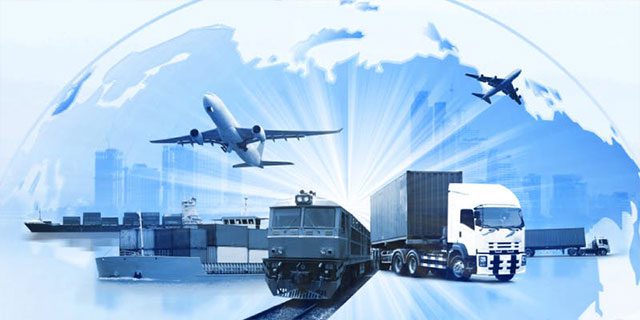In an increasingly interconnected world, the need for safe and reliable transportation has never been more critical. With various options available, from air travel to public transit, understanding which mode of transportation is the safest can be a daunting task. This article delves into the safety records, risk factors, and advancements in technology that contribute to the overall safety of different transportation methods.
Understanding Transportation Safety
Transportation safety is a multifaceted issue that encompasses various factors, including accident rates, fatalities, and the inherent risks associated with each mode of travel. To evaluate the safest mode of transportation, we must consider statistical data, technological advancements, and regulatory frameworks that govern each sector.
Statistical Overview of Transportation Safety
According to data from the National Safety Council (NSC) and the International Air Transport Association (IATA), the safety records of different transportation modes vary significantly:
- Air Travel: Statistically, flying is one of the safest modes of transportation. The odds of dying in a plane crash are approximately 1 in 11 million, making it safer than driving. Modern aircraft are equipped with advanced safety features, and stringent regulations ensure that airlines maintain high safety standards.
- Rail Transportation: Trains also boast a commendable safety record. The Federal Railroad Administration (FRA) reports that train travel is significantly safer than car travel, with fewer fatalities per mile traveled. Innovations in rail technology, such as Positive Train Control (PTC), have further enhanced safety by preventing collisions and derailments.
- Public Transit: Buses and subways are generally safer than personal vehicles. According to the American Public Transportation Association (APTA), public transit reduces the risk of accidents and fatalities, primarily due to the professional training of operators and the infrastructure dedicated to transit systems.
- Automobiles: While cars are the most common mode of transportation, they also present the highest risk. The NSC reports that motor vehicle accidents are a leading cause of injury and death. Factors such as distracted driving, speeding, and impaired driving contribute to this risk.
- Cycling and Walking: These modes of transportation are environmentally friendly but come with higher risks, particularly in urban areas with inadequate infrastructure. Safety measures, such as dedicated bike lanes and pedestrian crossings, can mitigate some of these risks.
Factors Influencing Transportation Safety
Several factors influence the safety of each mode of transportation:
- Regulatory Oversight: Government regulations play a crucial role in ensuring safety standards are met across all transportation sectors. Regular inspections, maintenance requirements, and operator training are essential components of a robust safety framework.
- Technological Advancements: Innovations such as collision avoidance systems, automated braking, and real-time monitoring have significantly improved safety across various modes of transportation. The integration of artificial intelligence and machine learning in transportation systems is paving the way for even safer travel experiences.
- Human Factors: Human error remains a significant contributor to transportation accidents. Training, education, and awareness campaigns are vital in reducing the impact of human factors on safety.
Conclusion: The Safest Mode of Transportation
While air travel consistently ranks as the safest mode of transportation based on statistical data, it is essential to consider the context of each journey. Factors such as distance, destination, and personal circumstances can influence the choice of transportation.
Ultimately, the safest mode of transportation is not a one-size-fits-all answer. It requires a comprehensive understanding of the risks and benefits associated with each option. By staying informed about safety records, technological advancements, and regulatory measures, travelers can make educated decisions that prioritize their safety and well-being.
In conclusion, whether you choose to fly, take a train, or use public transit, understanding the safety landscape of transportation can empower you to navigate your journeys with confidence. As technology continues to evolve, the future of transportation safety looks promising, paving the way for even more secure travel experiences.


